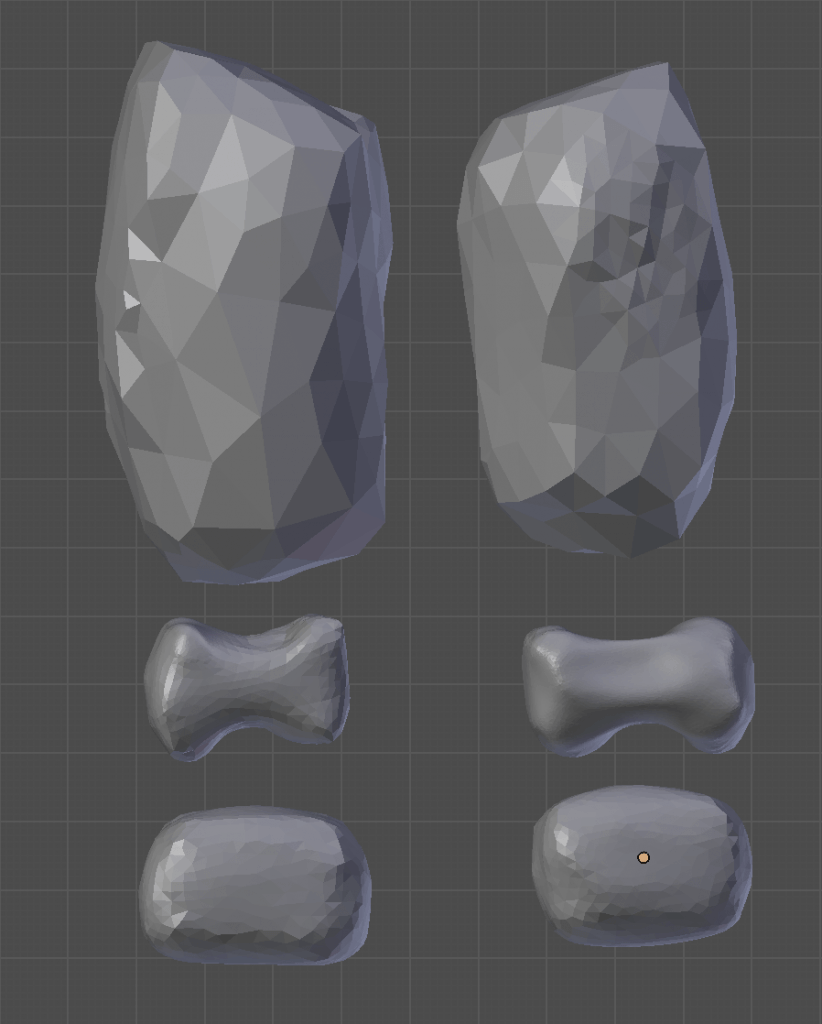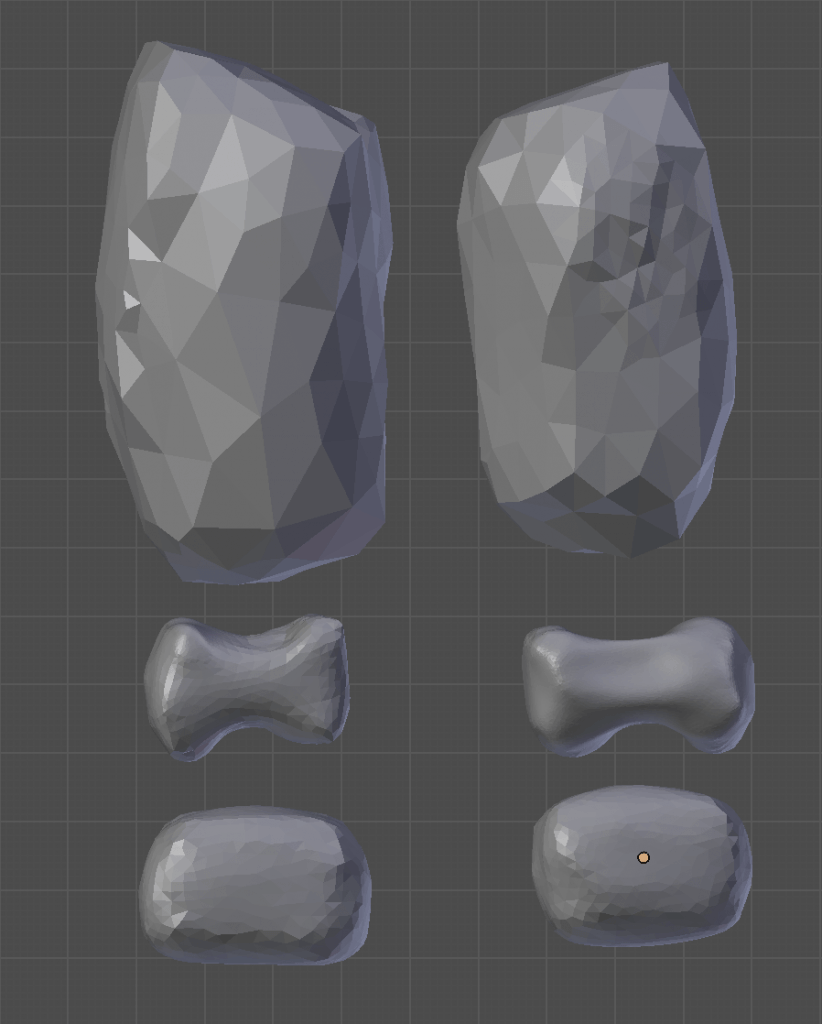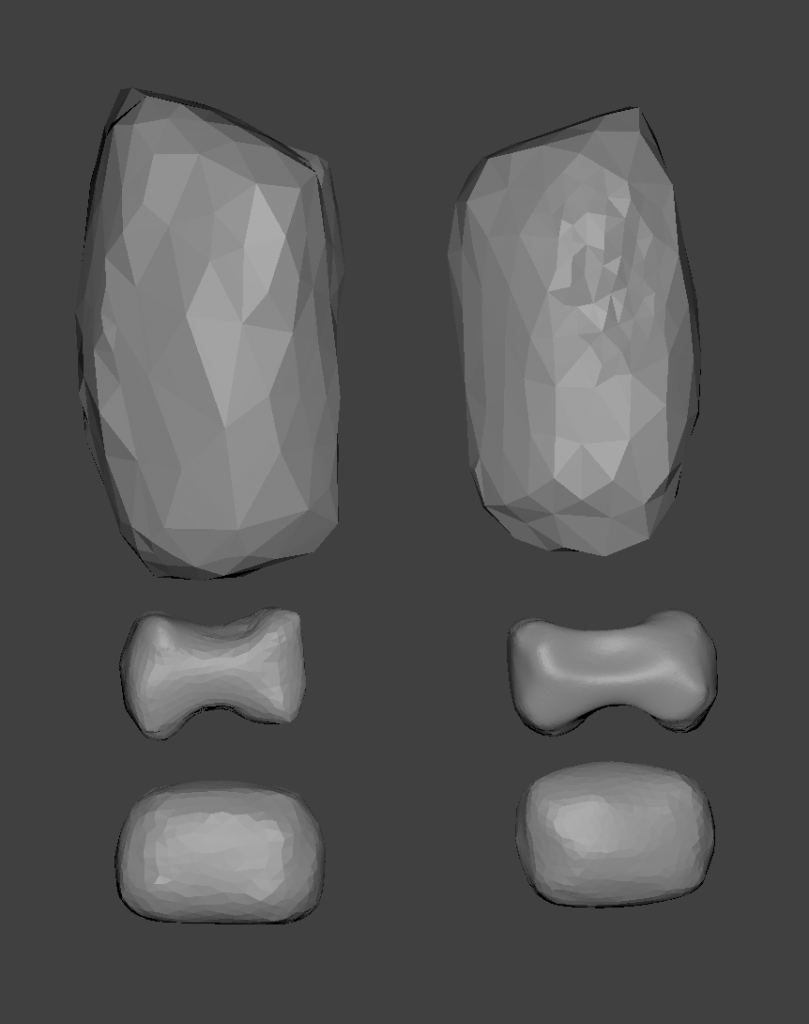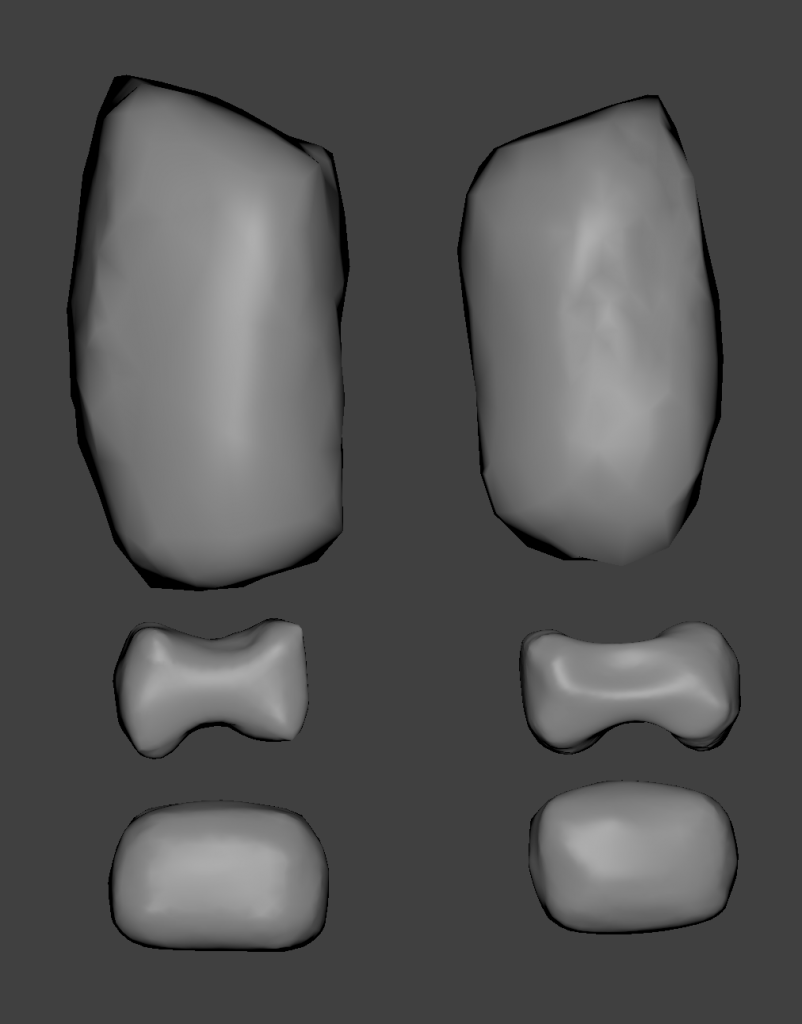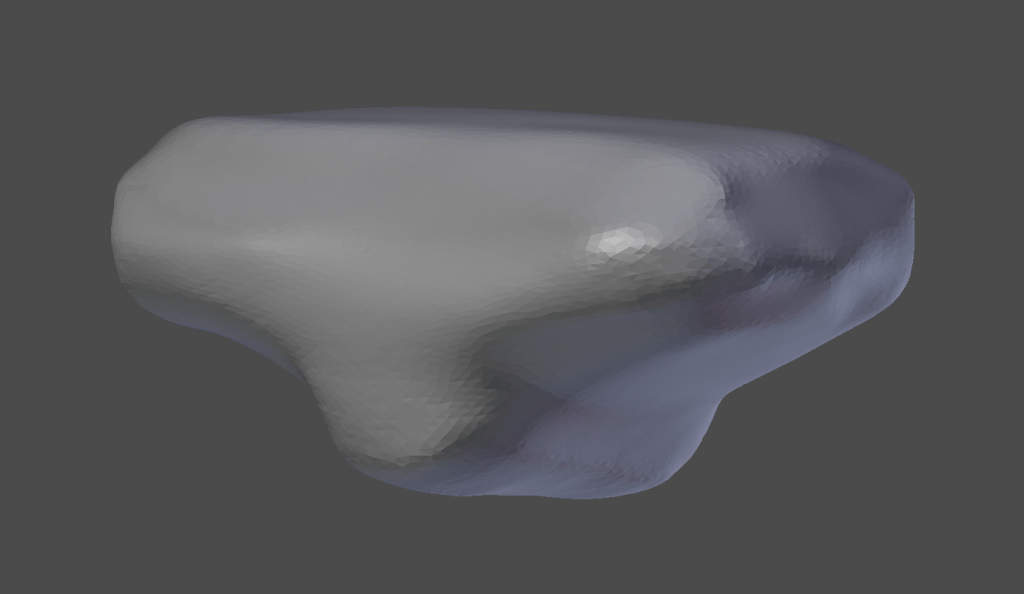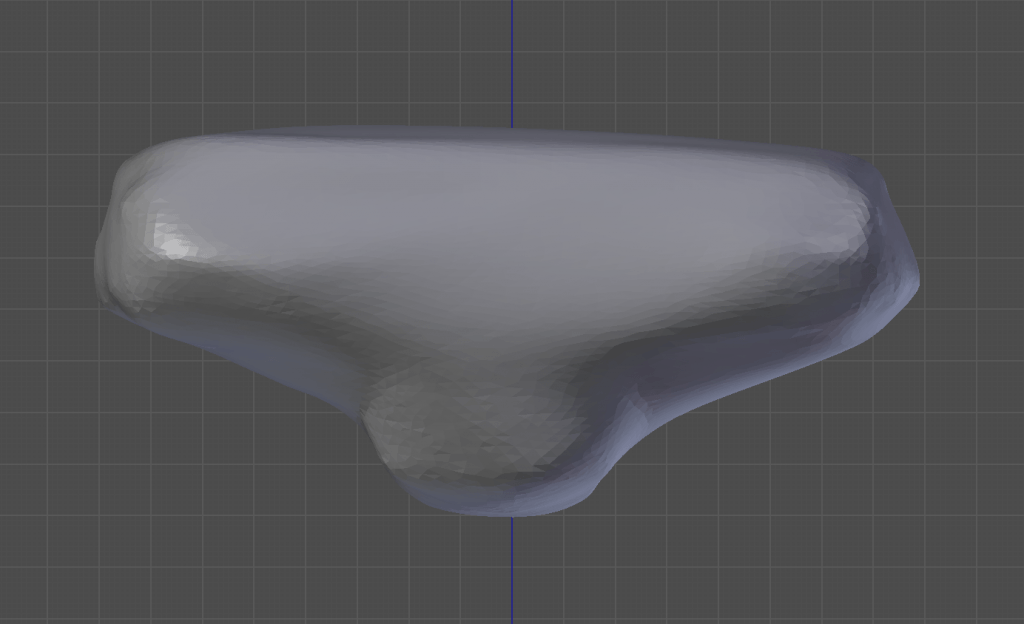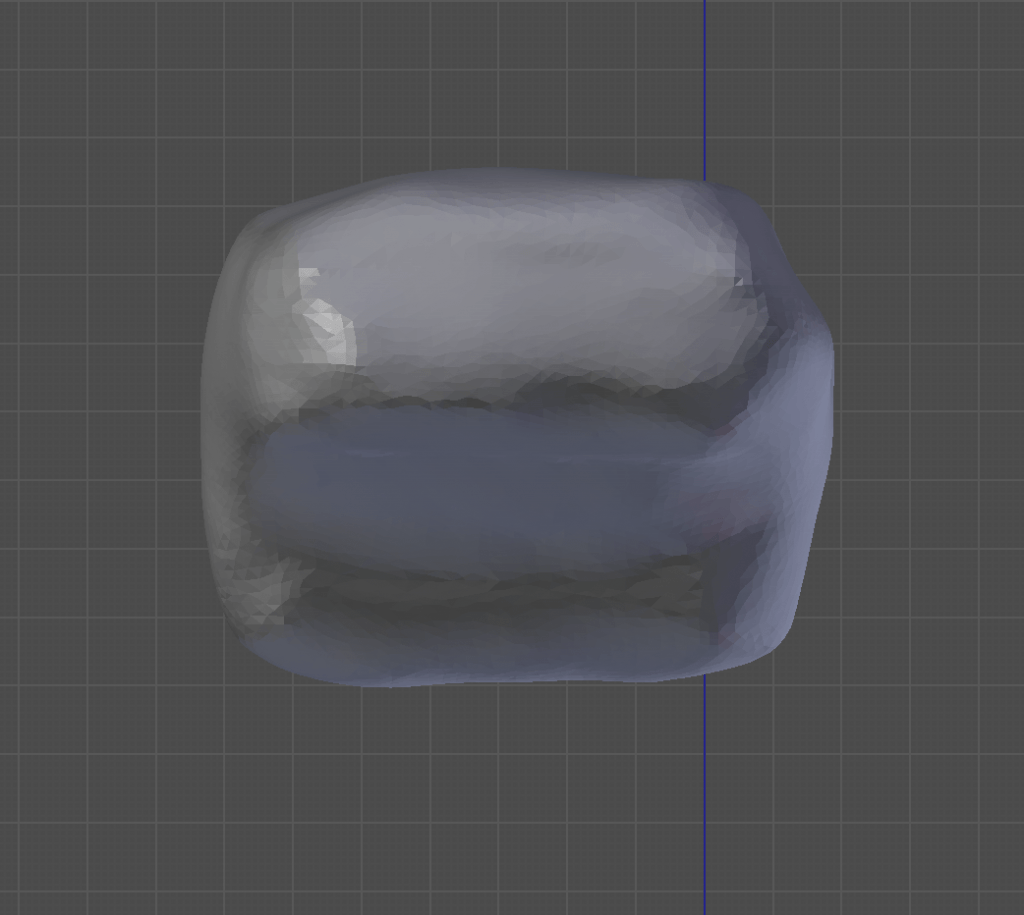Intended Outcome:
- Begin modelling the limbs of my creature.
- Complete the upper arm.
- Alter the objects to make them as close to the shape of the piece I am modelling before sculpting.
Problems I encountered and how I overcame them:
- When modelling the arms of my creature, it became clear that simply duplicating the left and using it as the right would make them look obviously identical. In any other situation where I would be modelling a character, having identical left and right sides would be fine, however I am hoping to create a creature that looks to have been created by natural material, helping him to blend into his environments. His body would most likely be effected by the places he finds himself in, therefore it would seem unrealistic to have him look too ‘perfect’. To correct this, I did duplicate each part of his arm, but made sure to slightly alter them with the sculpt tool.
- As I chose to leave sculpting the torso until later, It was rather hard to estimate what size to make my arms, so I decided to make them proportional to each other, making sure to resize them once I have completed the rest of my creature.
- I also had some difficulty with the detail size when using the sculpt tool, making the upper arm noticeable different in texture to the lower arm. This will not effect my final outcome, as when smoothed out and rendered, the differences aren’t noticeable. It did, however, make if difficult to predict how much I would take away with each stroke.
Where to go from here:
- In the next modelling session, I hope to complete the arms, including the hands and fingers.
- Try to stay consistent with detail size.
